For a course to be categorized as great, I believe it must (1) have a sound, strategic design, (2) offer a unique challenge and (3) provide a feeling that you are in a special place. By these criteria, Kawana squarely meets the definition of greatness. The course poses strategic questions throughout the round. The steep nature of the site, the dramatic green surrounds and deep bunkers and the thick grass used in fairways and around the greens pose a unique challenge. The natural setting of the course is spectacular and its construction takes advantage of interesting terrain and varied weather complimented with dramatic green surrounds and hazards to provide a unique feeling of place.
Tom Doak included Kawana on his list of 31 Flavors in the Confidential Guide. He provided two asterisks to his position. First he indicated that alternate greens were used on 15 of 18 holes. On my visit none of them were used and it appeared that many were not being used regularly. Doak also discussed the grass used on the greens which he described as extraordinarily coarse and grainy. I suspect that grass has been replaced because the greens provided nice surfaces that I would estimate stimped in the 8 foot range and contained significant but not overwhelming grain.
Because many people on this site will never visit Kawana and I found it such a charming course, I will depart from my usual practice and provide a complete photo tour. In order to enjoy the course you first need to make arrangements which involves (1) booking a room at the resort and (2) making a tee time. I booked the room through the internet.
http://www.princehotels.co.jp/kawana-e/ I did not succeed at making a tee time over the web and had to do so by phone. The time difference from CDT is 14 hours so it takes some planning to determine a decent time to call.
Next one needs to get to the resort. From Tokyo, you take a train from Tokyo Station to Atima and then switch to a local train to Kawana. You then take a two mile cab ride to the resort. My friend Hitoshi kindly assisted me with purchasing the tickets. Nonetheless, I had two logistical issues with the trip. First, I had some trouble deciphering the signs:
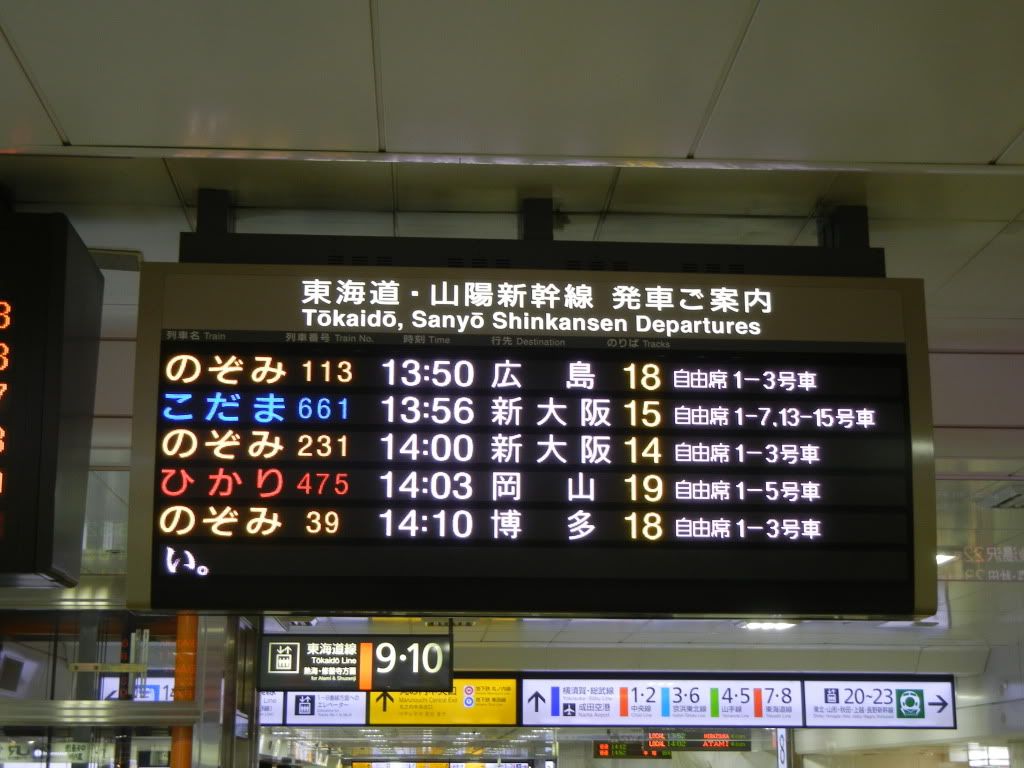
Second, I had no Japanese money and could not find an ATM that would work for me. I had hoped that the cab would accept a credit card but it did not. Not knowing what to do or how to explain my predicament without any Japanese language skills, I decided to hop in a cab without explanation and figure out how to deal with paying for the cab at the destination rather than a couple of miles away. Fortunately, the hotel kindly allowed me to charge the cab fare to my room.
The hotel itself is a magical spot that felt a bit musty in comparison with the gleaming buildings of Tokyo. Within its walls were a number of discoveries. Joe Dimaggio was apparently a guest at one point:
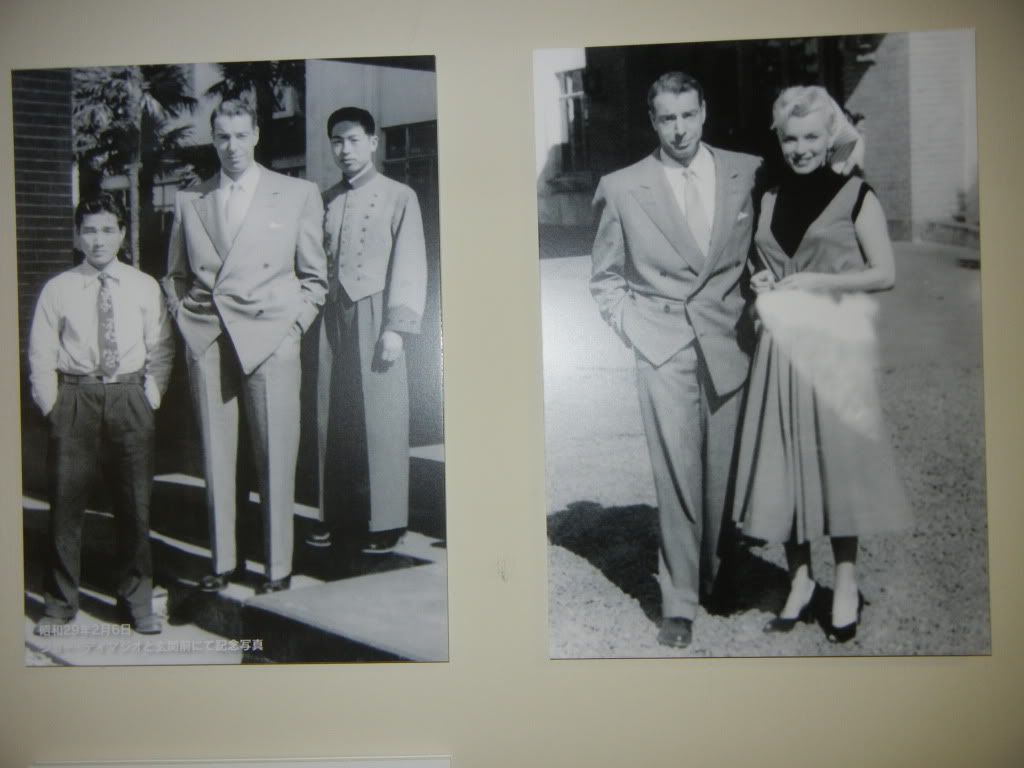
It is tough to turn this sign down:
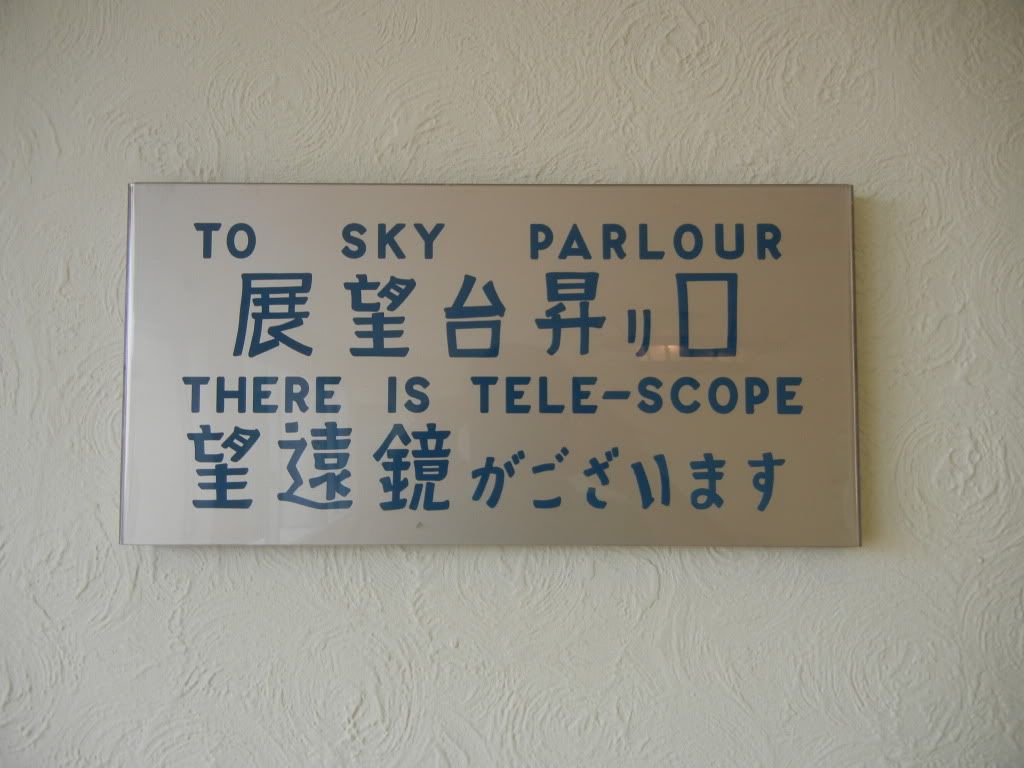
Particularly when a climb up several floors of stairs yields views like these:
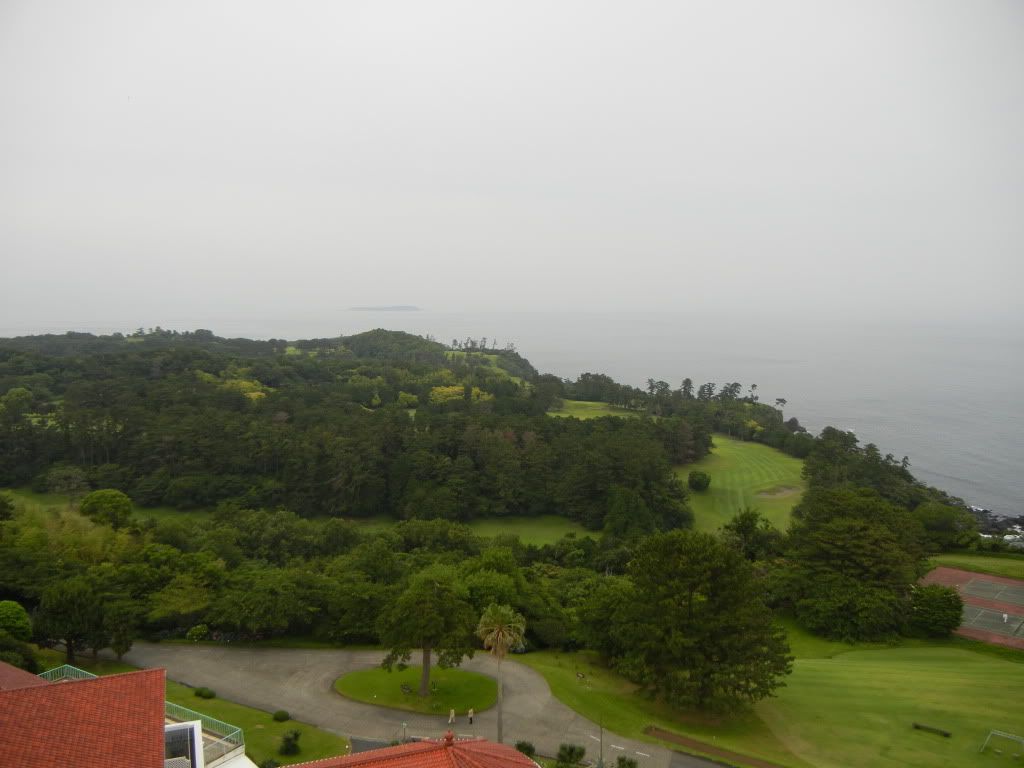
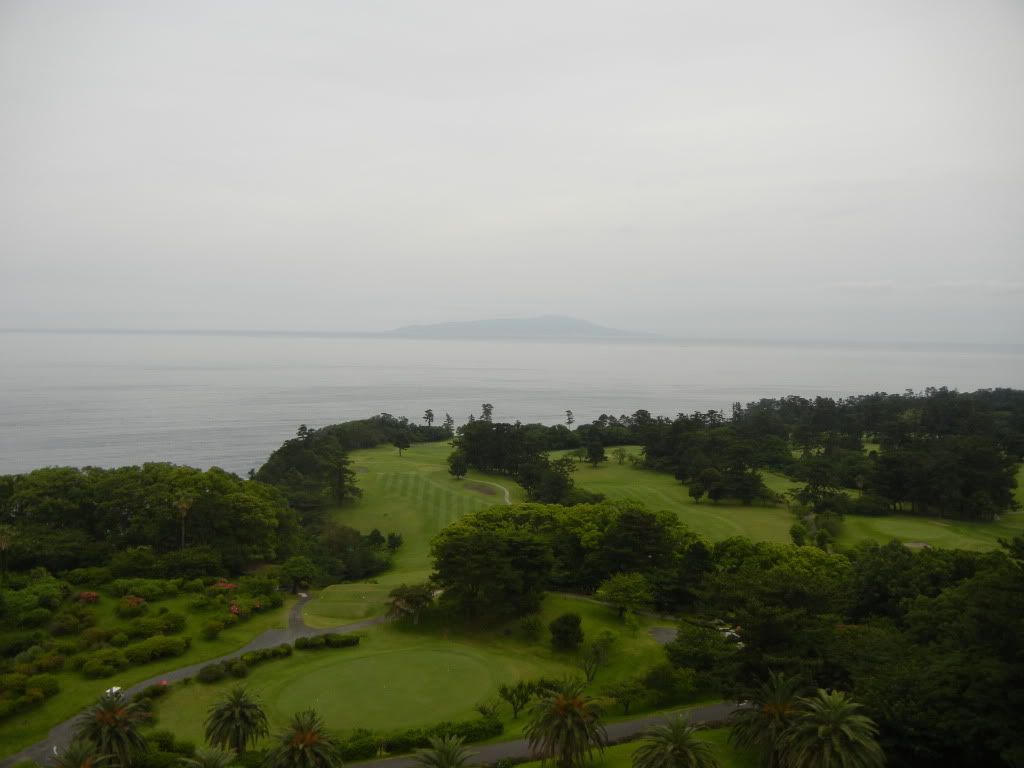

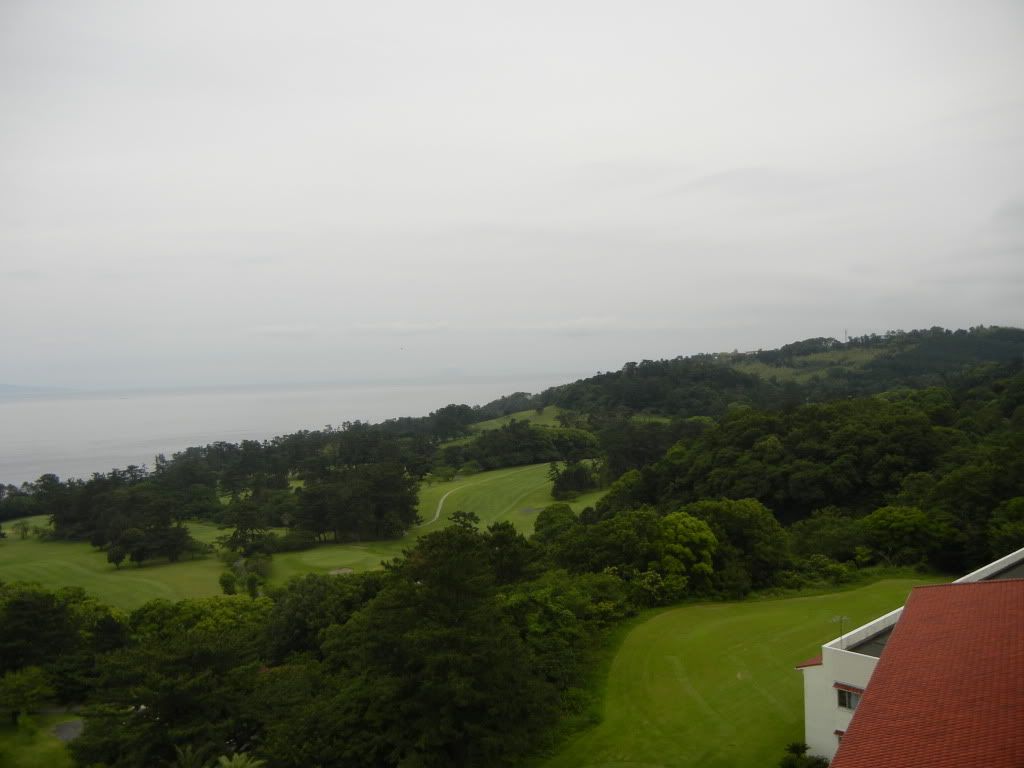
On a clear day. Mt. Fuji completes the scene but unfortunately was hidden during my visit.
I will get to the course shortly.